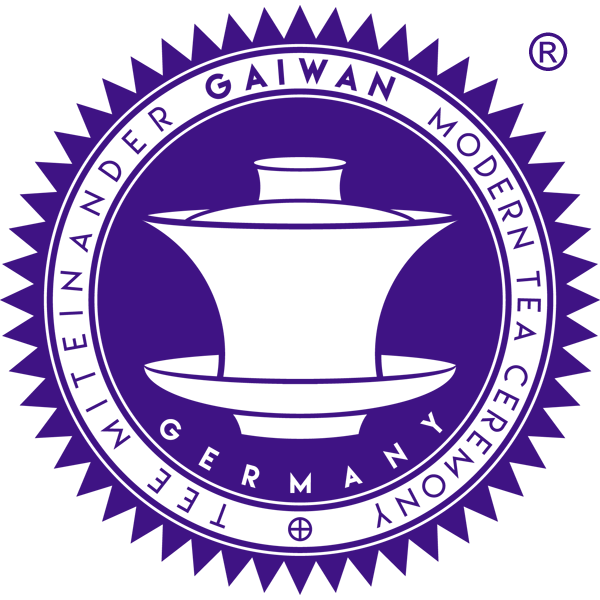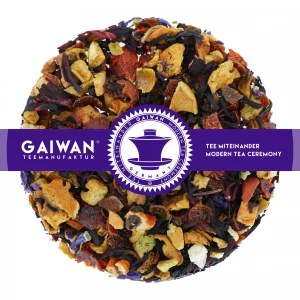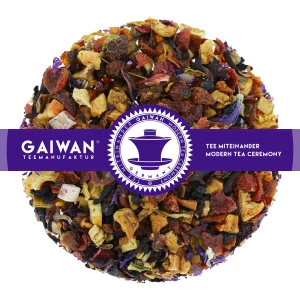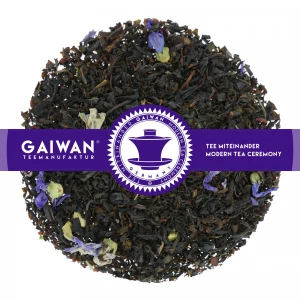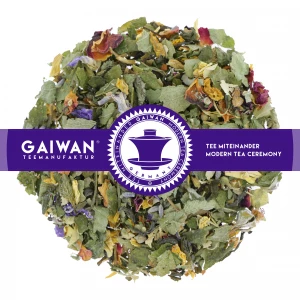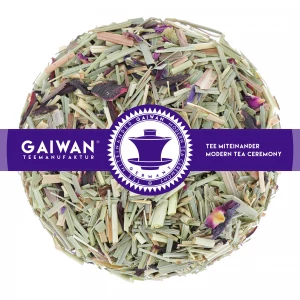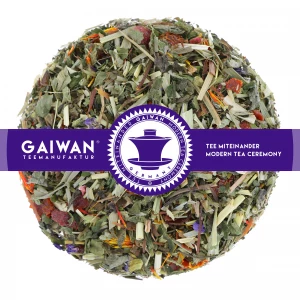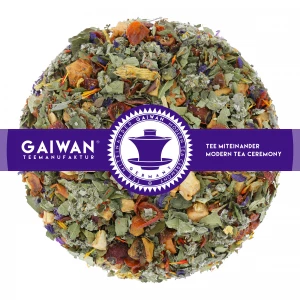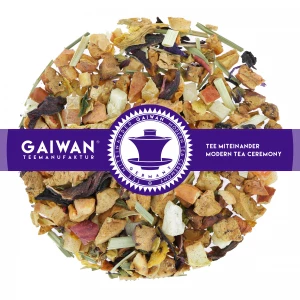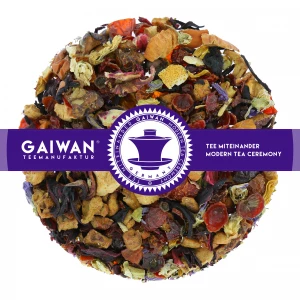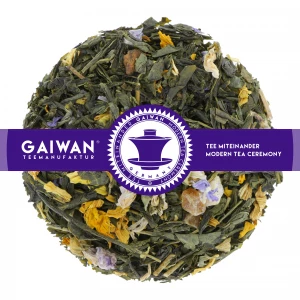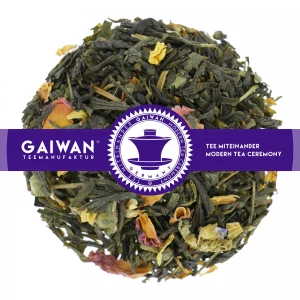Loose Tea with Mallow
Did you know that there are two types of tea that are sometimes called mallow tea? This is because there are several mallow plants and one of them happens to be the hibiscus. The wild mallow is the "Malva sylvestris", which we use as the mallow in some of our teas. The hibiscus is the African mallow with the botanical name "Hibiscus sabdariffa". We also have pure hibiscus tea for you in our assortment, as well as many other teas with hibiscus as an ingredient. Feel free to take a look around in our shop.
Mallow Health Benefits
Mallow has a long tradition as an ingredient for tea and as a remedy. As early as 5000 years ago, mallow was used in ancient China. Throughout the Middle Ages, mallow in the form of mallow tea was the most popular remedy for all kinds of throat problems, fever and gastrointestinal inflammations. Its soothing and astringent properties are still appreciated today, although mallow flowers are also often added to teas simply because of their pretty colouring.
If you want to use fresh mallow blossoms for their active ingredients, alternative practitioners recommend that you do not infuse the tea with boiling water, as the mucilages they contain are relatively sensitive to heat. Instead, you should place the mallow blossoms in a container of cold water and let them steep for at least five hours while stirring from time to time. Strain the flowers and warm the drink to a lukewarm temperature. Cheers.
